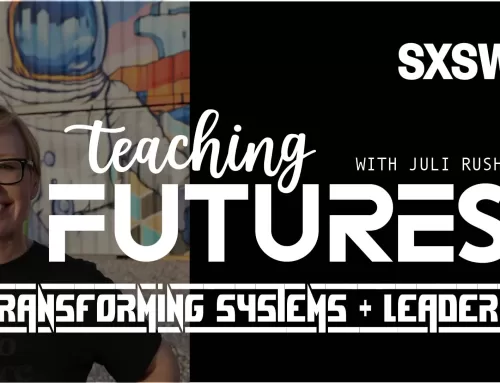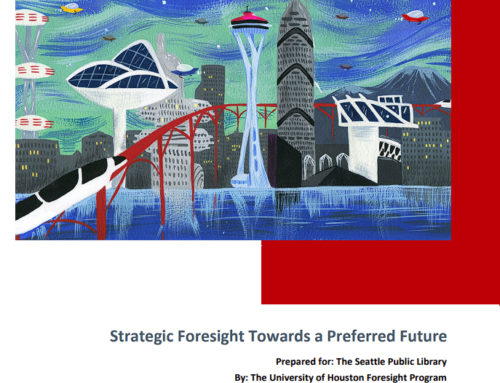Contributor Mary Tim
 There is a lot of information out there on the importance of strategic planning. The gist of it being strategic plans are an actionable guide that supports a business’ vision, mission, and values. Strategic plans frame the organization’s long term goals and helps to enable business success and monitor progress. The timeframe usually looks forward between three to five years and is developed based on the present state. Frequently included in the planning process are industry trends, financial projections, a SWOT and/or Porter’s 5 Forces analysis of the organization, and organizational objectives. The result is an organizational roadmap that outlines critical steps for next three to five years.
There is a lot of information out there on the importance of strategic planning. The gist of it being strategic plans are an actionable guide that supports a business’ vision, mission, and values. Strategic plans frame the organization’s long term goals and helps to enable business success and monitor progress. The timeframe usually looks forward between three to five years and is developed based on the present state. Frequently included in the planning process are industry trends, financial projections, a SWOT and/or Porter’s 5 Forces analysis of the organization, and organizational objectives. The result is an organizational roadmap that outlines critical steps for next three to five years.
A three- to five-year roadmap is important and useful, but no one knows what the future will bring. Also, it is important to note, paths to success are rarely linear. In fact, in many cases a lot of businesses deviate from their original plan. And unfortunately, these strategic pivots can be costly in time, money, and resources. So, the question then becomes, if there are so many businesses changing direction does that mean formal strategic plans are impractical? In my opinion, not at all. I believe they are indeed as effective and important as all the online articles out there claim.
Strategic pivots are often unplanned reactions to unanticipated change of events and/or surprise issues. As previously mentioned, the strategic planning process is developed based on the present state. The perception of the present state is usually defined by the past. A past analysis is absolutely relevant to understand how we got to today and to incorporate lessons learned. But, what happens if something changes the present truth as we know it? Furthermore, technological advancements and innovation accelerate change and potentially cause disruption. As each day passes, technological advancements and innovation occur more often and at a faster pace. How do we account for the implications of change? With another pivot to the strategic plan?
This is where foresight and futures research comes in.
As you will hear all Futurists say, the future cannot be predicted. However, we can identify possible future scenarios that help to challenges your assumptions and see things that are not obvious. Foresight and futures research is an exploration of change and how implications of change can impact the future.
Prior to the traditional strategic planning process, the first step would be to determine a focal issue or topic that needs to be addressed or a decision that needs to be made. What is the future that your strategy needs to incorporate and/or that your company needs to confront? How could this impact external factors and how will external factors impact it?
In addition to the current conditions and past occurrences, foresight and futures research study the global trends and emerging issues in order to identify potential drivers of change. All the data is used to develop alternative future scenarios that could happen. The findings are used to develop response options and guide the path for a preferred outcome. Which produces the capability to anticipate issues and opportunities early on.
In tradition strategic planning, the development of a strategy requires a full understanding of the current situation as well as lessons learned or successes in the past. What is missing is the global and long view lens. The use of foresight and futures research can bridge that gap.
The incorporation of foresight and futures research with traditional strategic planning only strengthens the process and enables a more robust strategy. It helps to minimized an organization’s vulnerability to potential disruptions and affords the ability to recognize opportunity and become the early adopter. It allows organizations to anticipate and be prepared for what the future could bring and quickly respond.
I will end this post with two quotes from the great Futurist Peter Schwartz from his book, The Art of the Long View: Planning for the Future in an Uncertain World:
“For individuals and small businesses, scenarios are a way to help develop their own gut feeling and assure that they have been comprehensive, both realistic and imaginative, in covering all the important bases.” and “It is always worth asking yourself: “how could I be wrong?”




